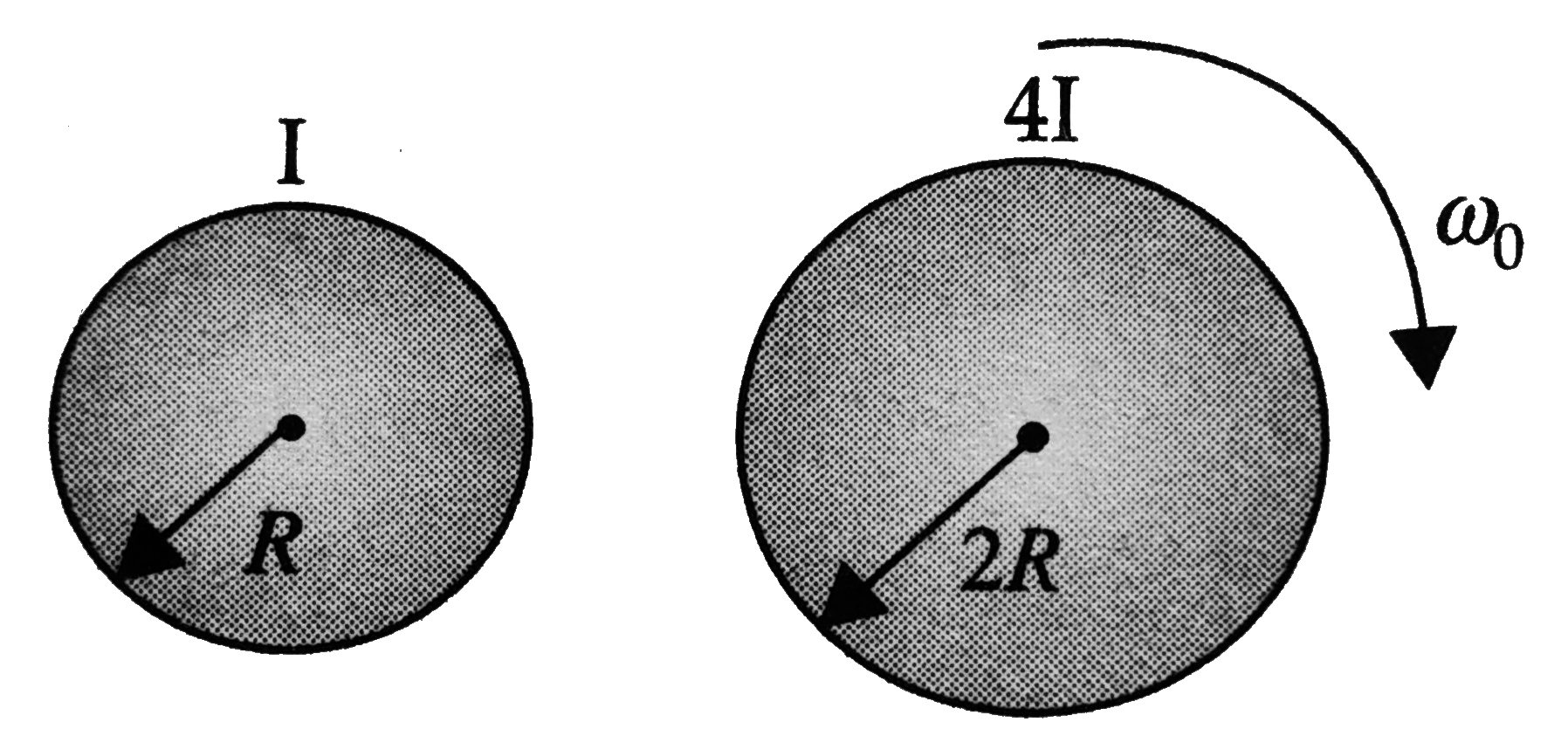Assertion: In a small segment of string carrying sinusoidal wave, total energy is conserved.
Reason: Every small part moves in SHM and total energy of SHM is conserved.
Statement I is true, statement II is true and statement II is the correct explaination for statement I.
Statement I is true, statement II is true and statement II is NOT the correct explaination for statement I.
Statement I is true, statement II is false.
Statement I is false, statement II is true.
The correct Answer is:d
To solve the question, let's analyze the assertion and reasoning step by step.
Step 1: Analyze the Assertion
The assertion states: "In a small segment of string carrying sinusoidal wave, total energy is conserved."
- In a sinusoidal wave, energy is not conserved in a small segment of the string because energy is continuously being transferred along the string. While the total energy of the entire wave may remain constant, the energy in a small segment fluctuates as the wave propagates.
Conclusion: The assertion is false.
Step 2: Analyze the Reasoning
The reasoning states: "Every small part moves in SHM and total energy of SHM is conserved."
- Each small segment of the string indeed behaves like a simple harmonic oscillator (SHM) as it oscillates up and down. However, the total energy of the entire system (the string as a whole) is conserved, not the energy of each small segment. The energy in each segment varies as the wave passes through.
Conclusion: The reasoning is true.
Step 3: Determine the Relationship
Now, we need to determine if the reasoning correctly explains the assertion.
- Since the assertion is false and the reasoning is true, the reasoning does not provide a correct explanation for the assertion.
Final Conclusion
Based on the analysis:
- The assertion is false.
- The reasoning is true.
- Therefore, the correct option is: Option 4: Statement 1 is false and statement 2 is true.
---
The assertion states: "In a small segment of string carrying sinusoidal wave, total energy is conserved."
The reasoning states: "Every small part moves in SHM and total energy of SHM is conserved."
Now, we need to determine if the reasoning correctly explains the assertion.
Based on the analysis:
- The assertion is false.
- The reasoning is true.
- Therefore, the correct option is: Option 4: Statement 1 is false and statement 2 is true.
Topper's Solved these Questions
- TRAVELLING WAVESBOOK - CENGAGE PHYSICS ENGLISHCHAPTER - TRAVELLING WAVESEXERCISE - Comprehension
45 Videos
- TRAVELLING WAVESBOOK - CENGAGE PHYSICS ENGLISHCHAPTER - TRAVELLING WAVESEXERCISE - Integer
9 Videos
- TRAVELLING WAVESBOOK - CENGAGE PHYSICS ENGLISHCHAPTER - TRAVELLING WAVESEXERCISE - Multiple Correct
25 Videos
- TRANSMISSION OF HEATBOOK - CENGAGE PHYSICS ENGLISHCHAPTER - TRANSMISSION OF HEATEXERCISE - Single correct
9 Videos
- VECTORSBOOK - CENGAGE PHYSICS ENGLISHCHAPTER - VECTORSEXERCISE - Exercise Multiple Correct
5 Videos
Similar Questions
Knowledge Check
Assertion: The total energy of a satellite is negative.
Reason: Gravitational potential energy of an object is negative.AIf both assertion and reason are true and reason is the correct explanation of assertionBIf both assertion and reason are truebut reason is not the correct explanation of assertionCIf assertion is true but reason is falseDIf both assertion and reason are false.Assertion: In case of collision of gas molecules in a given amount of gas, total kinetic energy is conserved.
Reason: All collisions of the gas molecules in a given amount of gas are elastic.AIf both assertion and reason are true and reason is the correct explanation os assertion.BIf both assertion and reason are true but reason is not be correct explanation of assertion.CIf assertion is true but reason is false.DIf both assertion and reason are false.Assertion : In photon-particle collision the total energy and total momentum are conserved. Reason : The number of photons are conserved in a collision.
AIf both assertion and reason are true and reason is the correct explanation of assertion.BIf both assertion and reason are true but reason is not the correct explanation of assertion.CIf assertion is true but reason is false.DIf both assertion and reason are false.
A: When a satellite is orbiting then no energy is required to keep moving n its orbit .
R : The total mechanical energy of a satellite is conserved .
View SolutionAssertion : In an elastic collision of two billiard balls, the total knetic energy is conserved during the short time of oscillation of the balls ( i.e. when they are in contact ) .
Reason : Energy spent against friction does not follow the law of conservation of energy .
View SolutionTwo cylinders having radii 2R and R and moment of inertia 4I and I about their central axes are supported by axles perpendicular to their planes. The large cylinder is initially rotating clockwise with angular velocity ω0. The small cylinder is moved to the right until it touches the large cylinder and is caused to rotate by the frictional force between the two. Eventually slipping ceases and the two cylinders rotate at constant rates in opposite directions. During this
(A) angular momentum of system is conserved
(B) kinetic energy is conserved
(C neither the angular momentum nor the kinetic energy is conserved
(D) both the angular momentum and kinetic energy are conserved

View SolutionA uniform string is clamped at x=0 and x = L and is vibrating in its fundamental mode. Mass per unit length of the string is μ, tension in it is T and the maximum displacement of its midpoint is A. Find the total energy stored in the string. Assume to be small so that changes in tension and length of the string can be ignored
View SolutionAssertion: In a perfectly inelastic collision in the absence of external forces , the kinetic energy is never conserved.
Reason: The objects deformed and stick together in this type of collision.
View Solution
